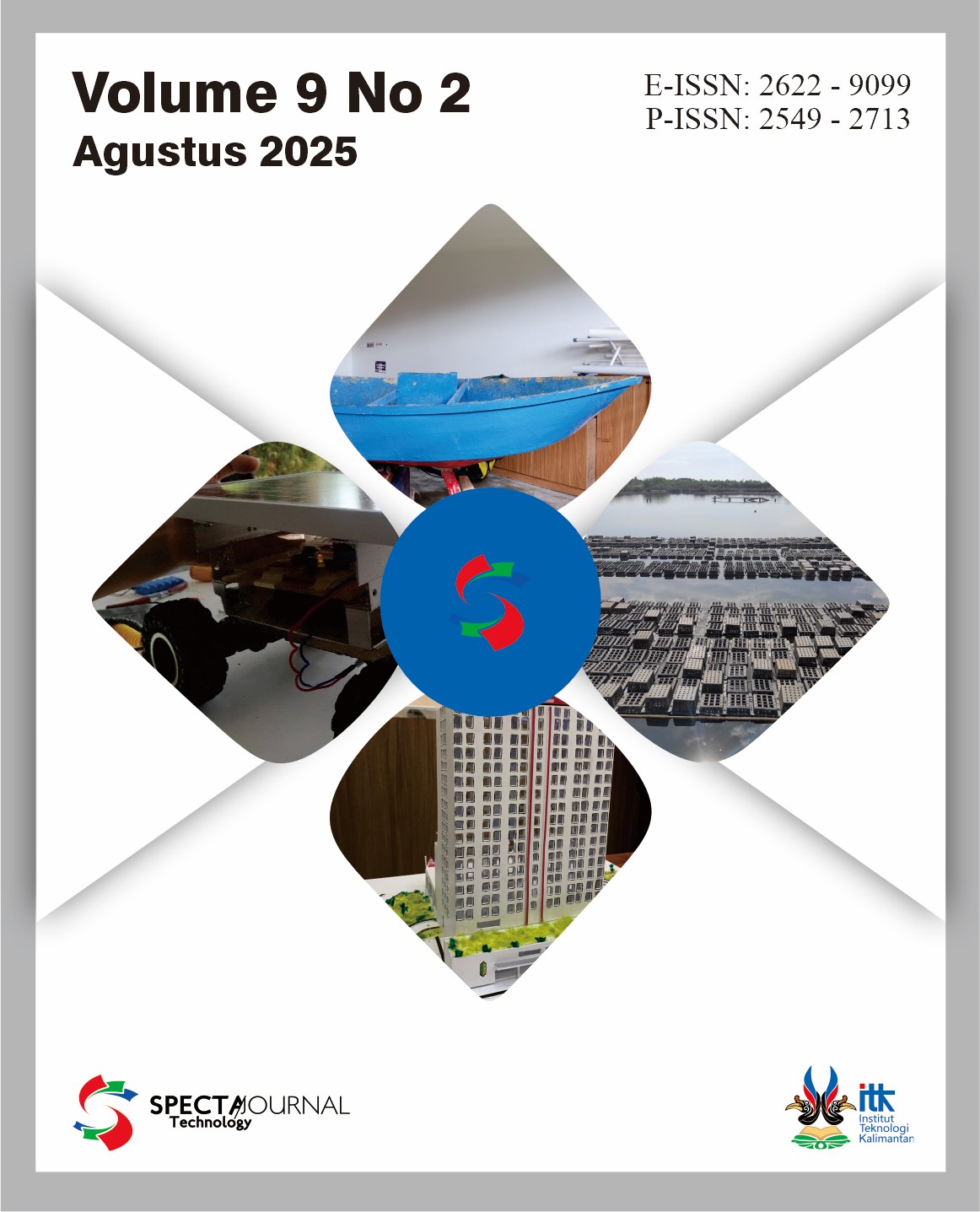Aligning Middle-Class First-Time Homebuyers Preferences with Stakeholder Perception A Comprehensive Study in North Balikpapan
DOI:
https://doi.org/10.35718/specta.v9i2.1219Keywords:
Analytical Hierarchy Process, Community Preferences, Housing Selection, Stakeholders PerceptionsAbstract
North Balikpapan District faces significant challenges in housing planning due to population growth and the announcement of the new capital city (IKN) development in East Kalimantan. Achieving optimal housing provision requires synchronization between community preferences and stakeholder perceptions. This study aims to identify the priority gaps between both parties in housing selection. The Analytical Hierarchy Process (AHP) method was used to analyze community preferences, and interviews were conducted with four key stakeholders: the government, subsidized housing developers, commercial housing developers, and the housing developer association. Secondary data were sourced from a previous study that involved a community questionnaire. The results reveal significant differences in priorities: the community prioritizes availability of facilities and infrastructure, accessibility, and environmental comfort, while stakeholders emphasize financing and house design and quality. These misalignments may affect community satisfaction regarding their living environment and access to public facilities. The implications of this study highlight the importance of policy synchronization between the government and developers to bridge this gap, ensuring more inclusive and sustainable housing development in line with the evolving needs of the community. The model derived from this study can be applied to regions experiencing rapid growth, where the majority of the population is of productive age and falls into the middle-income category, to better meet the needs of the growing population.
Downloads
Published
How to Cite
Issue
Section
License
Copyright (c) 2025 Maryo Inri Pratama, Rut Nauli Hosana, Luh Made Wisnu Satyaninggrat, Rahmat Aris Pratomo

This work is licensed under a Creative Commons Attribution-NoDerivatives 4.0 International License.
Authors retain copyright and grant the journal right of first publication with the work simultaneously licensed under a Attribution-NoDerivs 4.0 Generic(CC BY-ND 4.0) that allows others to share the work with an acknowledgement of the work's authorship and initial publication in this journal.




















